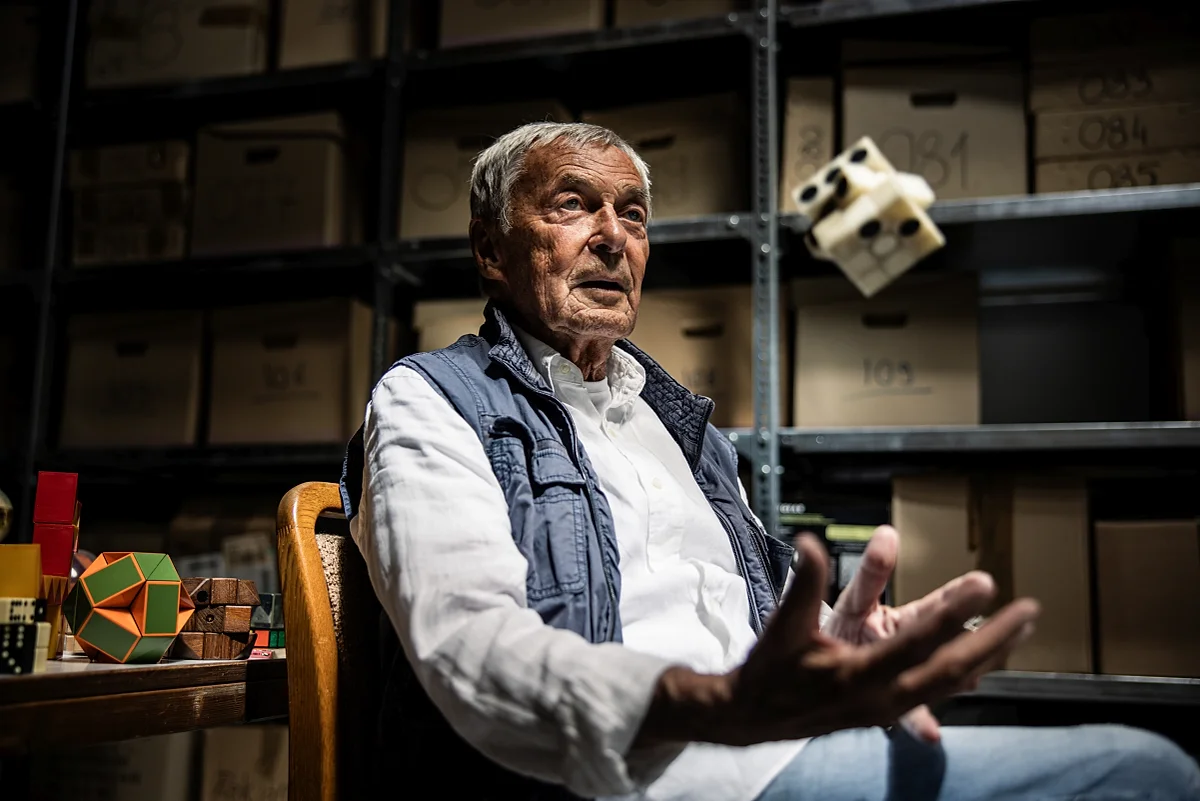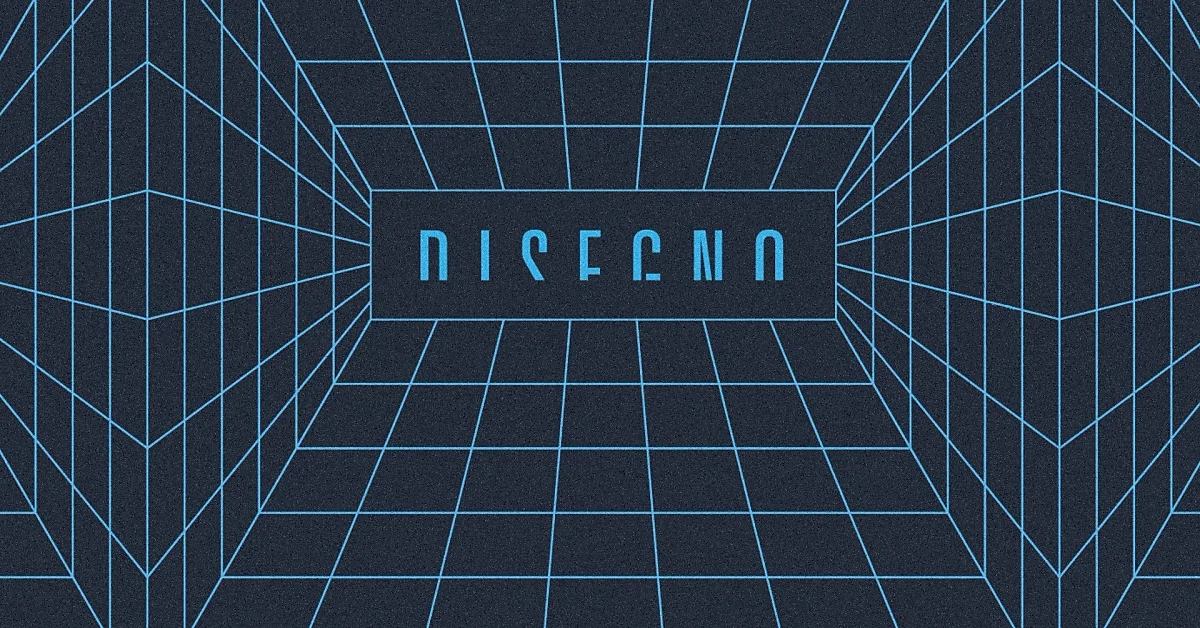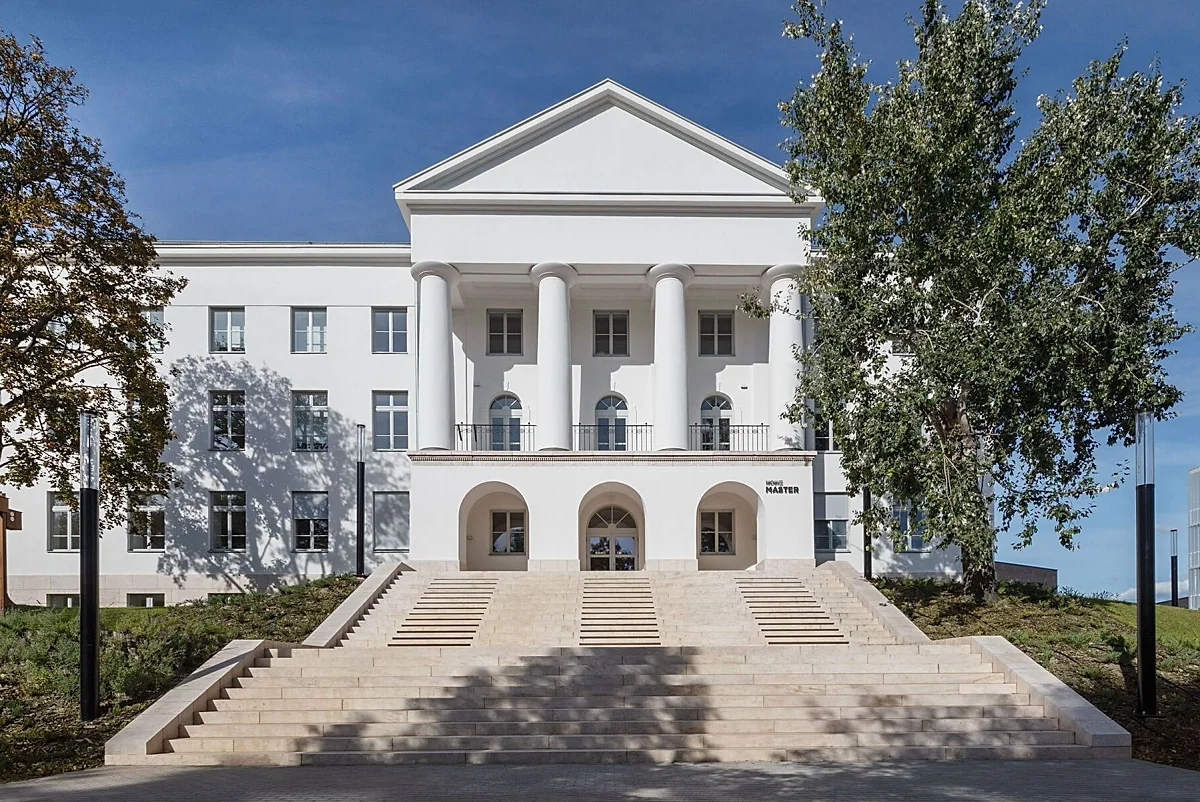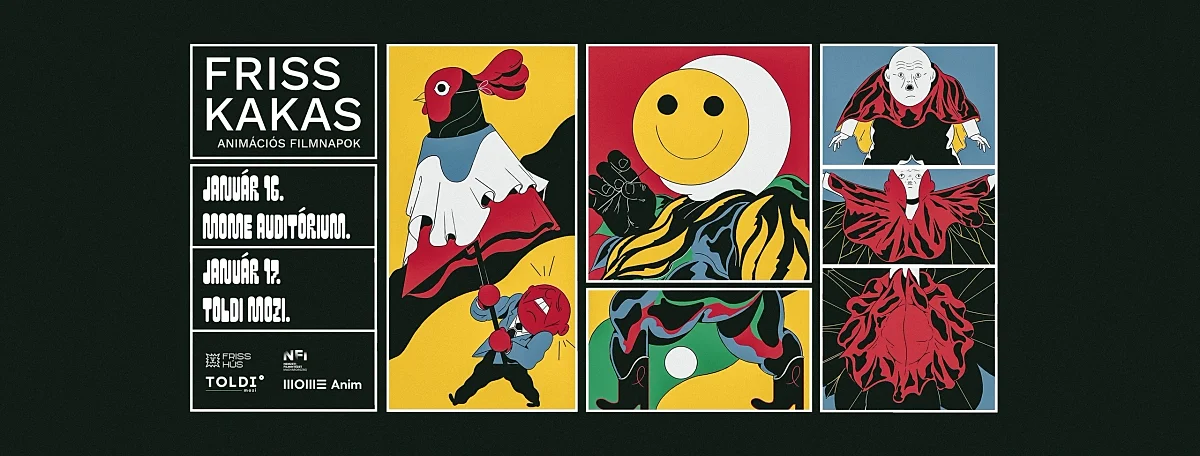
Rubik 80/50 – Fifty Years of Magic
What does it take for a world-famous invention to come into being? How has the iconic Cube influenced the art world, and who are those perhaps working on the future Rubik's Cubes as we speak? The aim of this pop-up exhibition, consisting of three major sections, is to showcase the broad spectrum of Ernő Rubik’s work. It offers insights into pivotal moments in the designer's life while outlining the history of the Cube and its intriguing cultural impacts. Engaging with the power of play in an interactive format, it illustrates the innovative inventions emerging today in the 21st century, right where the Rubik’s Cube first achieved its remarkable success. In a predominantly digital world, this exhibition pays tribute to the Rubik’s Cube, a game that embodies timeless value. Unlike the rapid obsolescence seen in many computer games, the Rubik’s Cube speaks to eternity, illustrating how true complexity often resides in the simplest of objects, much like many ancient games.
The installation units, constructed from cubes and using their colour palette, provide lesser-known yet relevant and interesting information about Ernő Rubik, while also highlighting scientific and pop-cultural references to the Cube.
The showcase focuses on the designer's roots, the circumstances surrounding the Cube's conception, and the development and success of the Rubik family of games. It also presents the university environment that inspired the inception of the Cube and has continued to uphold the tradition of form studies that had a profound influence on Rubik.
The first thematic section focuses on Rubik’s early years and his activities related to the Hungarian University of Applied Arts (now the Moholy-Nagy University of Art and Design, MOME), including his student years from 1967 to 1971 and academic career beginning in 1970. The invention of the Magic Cube is inseparable from his work as an educator. He was first tasked with leading (and in fact introducing) the form studies course for typography students in 1973, where he placed a strong emphasis on improving students' spatial awareness. The exercises developed for this purpose, such as spatial manipulation of paper sheets and breaking down forms into identical components, also inspired the design of the Magic Cube later on.
The second section presents the circumstances surrounding the Cube’s creation and journey, including the early manufacturing challenges and the difficulties of entering the international market. While the Cube remains one of the most recognised logic puzzles, it is less known that Rubik also owns or co-owns the rights to several other patents and inventions, some of which are on display for visitors to try.
The third section explores the scientific and artistic representations of the Rubik’s Cube, highlighting its role as a recurring source of inspiration and a popular motif across various fields and genres – from mathematics to fine art and film – which take on different symbolic meanings depending on the context. The artists featured, such as István Orosz and István Mátrai, include former students whose careers may well have been shaped by Rubik’s design philosophy.
The teaching of form studies, remains an integral part of education at the Hungarian University of Applied Arts (the predecessor of the Moholy-Nagy University of Art and Design) to this day. The exhibition also showcases student works inspired by form studies courses, along with toys designed by alumni.
The Rubik 80/50 – Fifty Years of Magic international travelling exhibition was created to mark Ernő Rubik's 80th birthday and the 50th anniversary of the invention of the Cube
and is organised by the Moholy-Nagy University of Art and Design (MOME), Budapest, Hungary.
Exhibition concept: Balázs Püspök DLA habil., Director of the Academy, MOME
The installation concept was developed in the Rubik 50 course, led by Zsuzsanna Kiss-Gál, Dániel Lakos, Zsanett Lépold and Balázs Püspök.
Participating students: Alex Alekseev, Dóra Bedi, Andrea Bögözi, Eszter Anna Cservenka, Anna Sára Demeter, Johanna Dezső, Emese Előházi, Lilla Anna Erhardt, Patrik Sándor Gál, Csenge Jeli, Enikő Kőszegi, Carolin Lechner, Sára Fruzsina Nagy, Mercédesz Páskuly, Maja Sárdi, Xu Han
Curator: Eszter Losonczi
Installation: Dániel Lakos
Graphic design: Vilma Sára Nagy
Logo: Maja Sárdi
Visitor experience and interaction design: DE_VISION
The large screen displays a short film about Ernő Rubik by Ákos Stiller (2024), and Péter Vácz’s animated film Rabbit and Deer (2013) with transition animation by Alex Alekseev and post-production by Piros Animation.
A photo of Ernő Rubik by Ákos Stiller (2024) is featured at the top of the masthead.
Translation:
Execution: Coimbra Press
Contact: Adrienn Havlik
Special thanks to:
Ernő Rubik, Giovanni Contardi, Antal Csipes, Zsófia Csomay, Villő Dettre, Johanna Dezső, Péter Gál, Judit Görgényi, Hortenzia Hosszú, Bálint Józsa, István Józsa, Dóra Juhász, Dorottya Kun, Klára Lévai, István Mátrai, Péter Mátrai, Judit O. Ecker, István Orosz, Michael Tyka, Vilmos Zsidi
The partner for the exhibition is the Embassy of Hungary in Tokyo.



